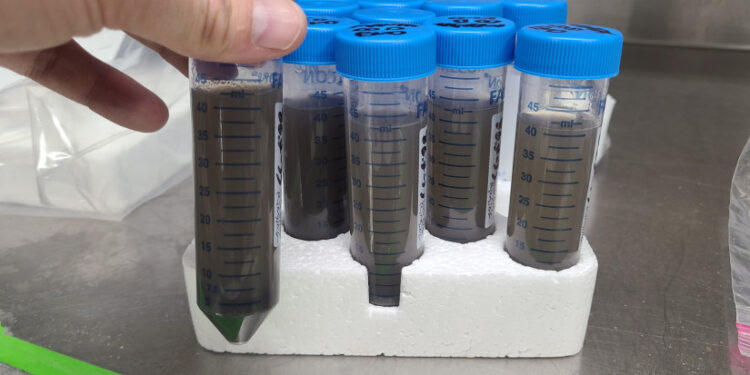The Palisades and Eaton wildfires in Los Angeles County not only caused devastation to human lives and property on land. They are also impacting the marine ecosystem.
Researchers from the Scripps Institution of Oceanography and NOAA are collecting water samples from the Pacific Ocean, where ash from the fires coated the surface as far as 100 miles offshore.
“We’re positioning ourselves to answer the question, ‘What does this mean for West Coast fisheries and the food web that we all depend on?’” said Nicolas Concha-Saiz, NOAA Fisheries’ chief scientist for the study.
The samples are being collected aboard the NOAAS Reuben Lasker. There, researchers are studying the level of toxins in the water since the fires consumed more than 17,000 structures along with chemicals and metals — not just trees and brush like many other fires.

“These fires pose a potential significant threat to both humans and ecosystems through the introduction of a large amount of toxic material in the system,” said project leader Julie Dinasquet from Scripps Oceanography. “We are sampling surface water but also deeper layers under 100 meters (330 feet) deep to see … how this material has changed and potentially leached toxics and other molecules as it sinks and how this will impact the ecosystem.”
Researchers said the “urban ash” component of the Palisade and Eaton wildfires is unique in scale.
When ocean water in Monterey Bay was studied after the 2020 Lightning Fires, scientists found that ash from the burning forests acted as a fertilizer for algae, which wasn’t necessarily a bad thing.
“In contrast, given the source of the burn material in these Los Angeles fires, we are expecting much more ecotoxic effects,” said Scripps Oceanography PhD student Dante Capone.







